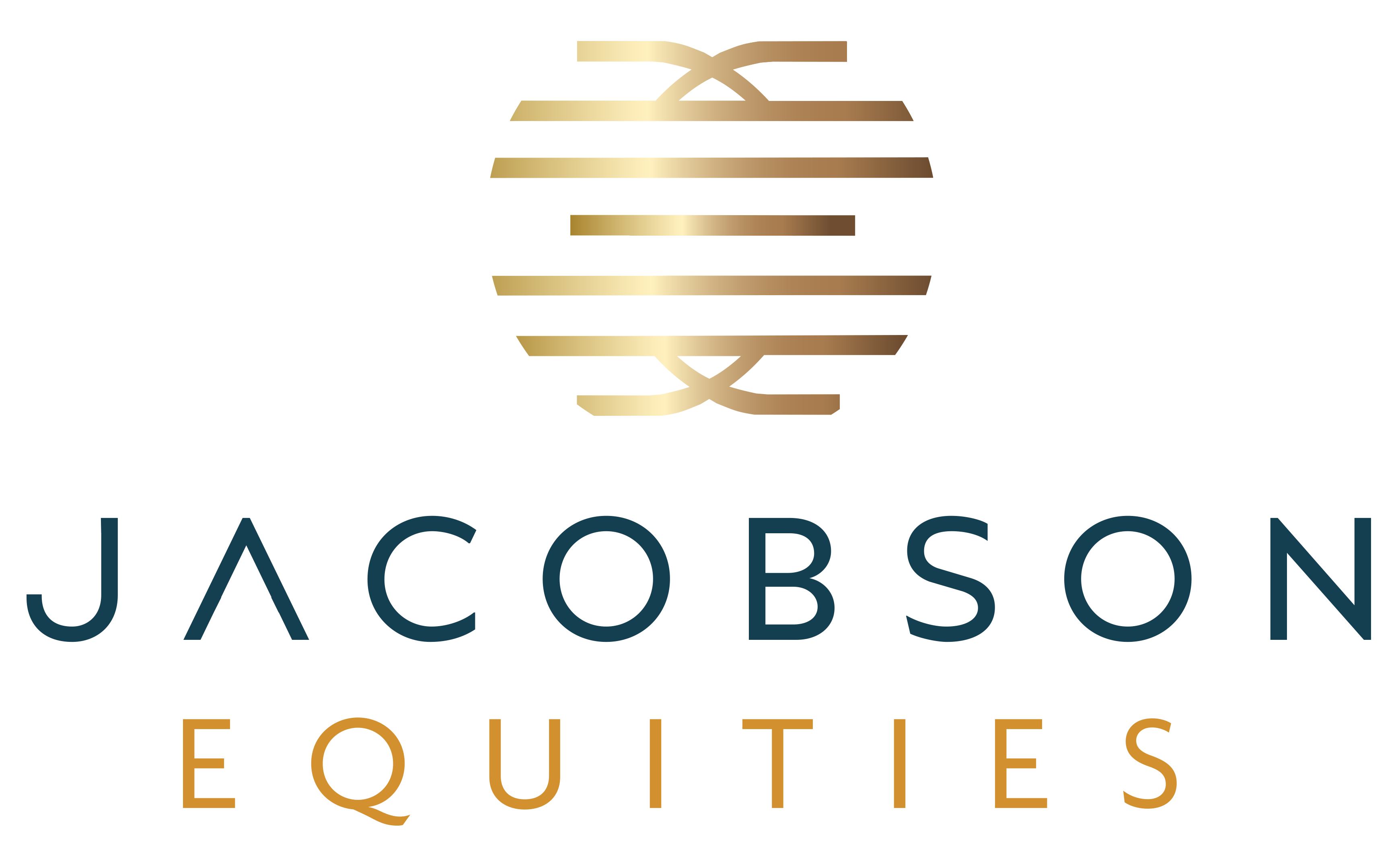For over 50 years, Jacobson Equities has focused on creating value for investors through conventional multifamily real estate and student housing. Through up and down economic cycles, we have carved out a specialty in two areas of the multifamily market, Core Plus, and Value-Add. Before we get into our reasoning behind this focus, let’s take a step back and look at various strategies available to a real estate investor.
The 3 “Primary” Strategies
In generic terms, there are three primary strategies for investing in real estate (for purposes of this article, we will not address the 4th strategy, opportunistic, which typically involves development). From least risky to riskiest, they are Core, Core Plus, and Value Add.
A core strategy focuses on stable, long-term investments in high-quality properties that generate steady income. The properties are typically newer and in prime locations, such as the central business district of a gateway market. This strategy is considered the least risky and offers correspondingly lower returns. An example of this strategy might be an investment in a large, well-maintained, luxury apartment building that is wholly or nearly fully leased and located in a desirable city center or suburb. The tenant profile is typically well-paid professionals.
A core plus strategy includes properties similar to core properties, but may have some issues that need to be addressed, such as occupancy rates or renovations. This strategy carries more risk since it requires successful execution of a business plan to improve operations and/or physical plant and then achieve pro forma rents. Achieving higher returns while focusing on stability is the objective of core plus. A slightly older class A building that is well leased, but has seen better years could be an example of a core plus investment. With minor investment in renovation and improved property management, there is an opportunity to increase occupancy and the property’s value.
Value-add strategies are the riskiest of the three strategies. These properties typically require significant improvements, major renovations, or property repositioning. They may have occupancy issues or a history of management problems. Value-add offers the highest potential returns, to compensate the investor for the increased execution risk. A well-priced Class B property with a good location, but in need of cosmetic improvements, deferred maintenance upgrades, and correcting operational inefficiencies could be a value-add investment. A well-managed renovation, strong marketing, and proper financing can increase occupancy, raise rents, and ultimately improve the value at sale.
As mentioned above, there is a fourth category, Opportunistic, which carries even more risk and greater returns. However, these investments typically have shorter holding periods and require more capital, so it’s not an area we concentrate on as we are focused on long-term strategies that create generational wealth with lower risk.
The Jacobson Sweet Spot
The strategies where Jacobson Equities has found its greatest success are core plus and value-add. Why have we seen such success in these investments? Our primary focus is on the long-term preservation of wealth for our clients. This means that we are looking for investments that are fundamentally sound and financed in a way that does not take undue risk. However, over our many years of managing multifamily properties, Jacobson has developed the skill to identify and capitalize upon improvements from amenities to interiors to landscaping that are appreciated by current tenants, enticing to prospective tenants, and valued by future owners. This expertise allows us to garner the returns possible from successfully executing core plus and value-add strategies while remaining committed to capital preservation. Let’s look at a couple of examples from our portfolio.
CityZen Commons was a Kent, Washington purchase from 2018. Kent is a solid workforce suburb, 18 miles south of downtown Seattle. The value-add asset was acquired for $28.1 million and sold in 2022 for $52 million. Originally built in 1980, Jacobson renovated the property extensively including updating the units, painting, architectural highlights, major landscaping, and an enhanced community clubhouse. The physical improvements, improved management efficiencies, and better service enabled the property to maximize its rent potential and generate significant cash flow for our investors. With the sale in 2022, CityZen Commons generated an IRR of 30% on the investment.
On the core plus strategy, Alley 24 is located in downtown Seattle, in the South Lake Union neighborhood (home of Amazon). Initially purchased in December 2019 for $72 million, the asset was sold just over two years later for $90 million, for an IRR of 18%. The building was built in 2006 and renovated in 2014. The apartments were well-equipped with stainless steel appliances, rooftop terraces with fire pits, views of downtown Seattle, and a 24-hour gym. However, rents were 18% below market when Jacobson acquired the asset. Jacobson was able to optimize the operations of the building, provide better service, and attract the highly paid tech professionals looking for housing close to downtown in a neighborhood with popular dining and entertainment options.
Keys to our success
Keys to the success of both the core plus and value-add strategies are the location and potential of each specific investment. We remain committed to finding opportunities in high-growth cities and nearby suburbs exhibiting high job, population growth, favorable supply demand fundamentals and a supportive regulatory environment. Typical leverage is 55%-65%, and we intend to hold the asset for 7-10 years. This combination of conservative leverage and a longer term hold allow us to weather the inevitable ups and downs of the greater economy. Core plus and value-add are excellent additions to an investor’s portfolio, particularly if the approach, like Jacobson’s, strikes the right balance between current income, property value appreciation and capital preservation.


